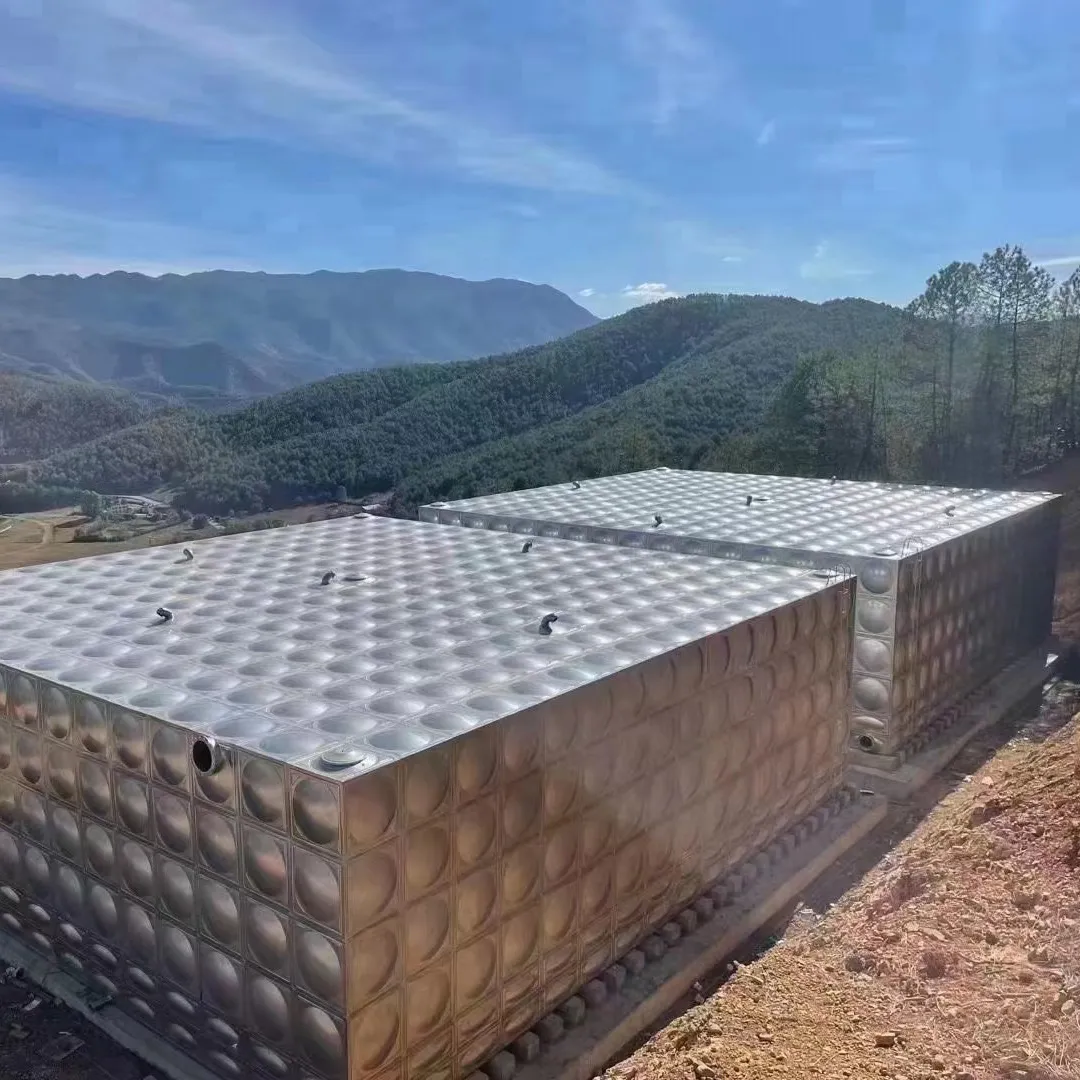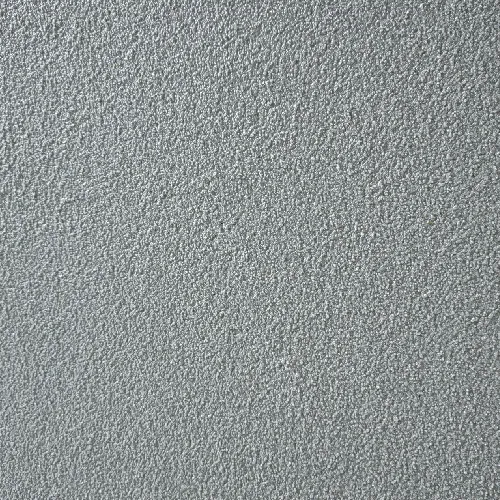loading...
- No. 9, Xingyuan South Street, Dongwaihuan Road, Zaoqiang County, Hengshui, Hebei, China
- admin@zjcomposites.com
- +86 15097380338
- Welcome to visit our website!
FRP Platform Grating Durable, Anti-Corrosion & Slip-Resistant Solutions
- Overview of FRP Platform Grating Solutions
- Technical Advantages Over Traditional Materials
- Performance Metrics and Data Comparison
- Leading Manufacturers in the FRP Grating Industry
- Customization Options for Specific Applications
- Real-World Installation Case Studies
- Future Trends in FRP Platform Grating Technology

(frp platform grating)
Exploring FRP Platform Grating Solutions for Modern Infrastructure
FRP platform grating has emerged as a superior alternative to traditional steel and aluminum in industrial settings. With a 42% increase in global adoption since 2019, these composite structures now dominate sectors requiring corrosion-resistant solutions. The unique combination of fiberglass reinforcement and polymer resins creates platforms capable of withstanding extreme chemical exposure while maintaining structural integrity.
Technical Superiority in Composite Engineering
Modern FRP grating platforms outperform conventional materials in three critical areas: weight-to-strength ratio (1:8 vs steel's 1:3), corrosion resistance (withstanding pH levels from 2-12), and maintenance requirements (90% reduction in upkeep costs). GRP platform steps demonstrate particular advantages in electrical insulation, with dielectric strength exceeding 10kV/mm compared to conductive metal alternatives.
Performance Benchmarking Analysis
| Metric | Steel | Aluminum | FRP Grating |
|---|---|---|---|
| Lifespan (years) | 7-12 | 10-15 | 25+ |
| Load Capacity (psi) | 12,000 | 8,500 | 15,000 |
| Weight (lbs/sqft) | 18 | 12 | 5 |
| Corrosion Resistance | Low | Moderate | High |
Industry-Leading Manufacturer Comparison
| Vendor | Production Capacity | Lead Time | Certifications |
|---|---|---|---|
| CompositeCo | 500k sqft/month | 2-3 weeks | ISO 9001, ASTM E84 |
| FiberTech | 300k sqft/month | 4-5 weeks | ASCE 7-16, NEMA VE1 |
| GrateMaster | 200k sqft/month | 3-4 weeks | OSHA 1910.23 |
Tailored Engineering Solutions
Custom FRP grating platforms accommodate specialized requirements through modular designs. Typical configurations include:
- Surface textures: Grit-coated (COF 0.85) or smooth finish
- Panel dimensions: Up to 8' x 24' single-piece construction
- Color coding: 12 standard RAL options with UV stability
Implementation Success Stories
A recent offshore oil platform installation utilized 15,000 sqft of FRP grating platform systems, resulting in:
- 73% reduction in saltwater corrosion damage
- 42% faster installation vs previous steel decks
- $280k annual maintenance savings
Innovations in FRP Platform Grating Technology
Emerging advancements in resin formulations now enable FRP grating platforms to withstand temperatures up to 300°F while maintaining 95% of structural strength. Recent UL certification of fire-retardant variants (Class 1 Flame Spread rating) expands potential applications to commercial buildings and transportation hubs.

(frp platform grating)
FAQS on frp platform grating
Q: What are the primary applications of FRP platform grating?
A: FRP platform grating is widely used in industrial settings like chemical plants, water treatment facilities, and offshore platforms due to its corrosion resistance, non-conductive properties, and high strength-to-weight ratio. It provides safe walkways in corrosive or wet environments. Its durability makes it ideal for long-term outdoor use.
Q: How is FRP grating platform installed?
A: FRP grating platforms are installed using mechanical fasteners or adhesives, depending on the substrate and load requirements. Proper spacing between supports must be calculated to ensure structural integrity. Custom cutting allows easy adaptation to specific site layouts.
Q: Can GRP platform steps be customized for steep environments?
A: Yes, GRP platform steps can be designed with anti-slip surfaces and varying tread depths to suit steep or hazardous areas. They maintain FRP's inherent resistance to chemicals and moisture. Safety features like handrail compatibility are often incorporated.
Q: What maintenance does FRP grating platform require?
A: FRP grating platforms require minimal maintenance – occasional cleaning with water and mild detergent suffices. Unlike metal alternatives, they don’t need painting or rust treatment. Regular inspections for debris accumulation or surface damage are recommended.
Q: Why choose FRP platform grating over traditional metal alternatives?
A: FRP platform grating outperforms metal in corrosive, electrical, and marine environments while being 30% lighter. It eliminates galvanic corrosion risks and reduces installation labor. Lifetime costs are lower due to near-zero maintenance requirements.
-
Revolutionizing Industrial Safety with ZJ Composites' Mini Mesh GratingNewsNov.14,2025
-
Premium FRP Profiles and FRP Grating Revolution for Global WholesalersNewsNov.14,2025
-
Ultimate Strength with ZJ Composites FRP Profiles for Wholesale SuccessNewsNov.14,2025
-
ZJ Composites Covered Grating – The Durable Flooring Solution for Smarter Industrial SpacesNewsNov.14,2025
-
Mini Mesh Grating Enhancing Strength and Style in Every ProjectNewsNov.14,2025
-
FRP Pressure Vessels by ZJ CompositesNewsNov.14,2025
-
Transforming Industrial Spaces with Advanced Frp GratingNewsNov.11,2025
